The food guide says to "Take nutritious snacks from home to eat at school, at work, or to eat on the go" and "Avoid snacks that may be high in calories, fat, sugar or salt (sodium). This includes buttered popcorn, cakes, candies, chips, chocolate, cookies, doughnuts, French fries, granola bars, ice cream, pastries and sugary beverages such as fruit flavoured drinks, soft drinks, sports drinks and energy drinks. These foods can add extra calories to your day."(maintaining healthy habits).
Health Canada suggests these tips for healthy snacks:
- Fresh fruit or individually packed containers of cut-up fruit.
- Raw vegetables including carrots, peppers, zucchini, cherry or grape tomatoes.
- Baby carrots and whole wheat pita triangles with hummus.
- Banana.
- Fresh, frozen or canned fruit with low fat yogurt or in a smoothie.
- Sweet red, yellow or green peppers and bread sticks with salad dressing or low fat dip.
- Whole wheat tortilla wrap made with salmon or tuna and salad dressing, onions, celery and green peppers.
- English muffin with melted cheese and apple slices.
- Dry mixed cereal and a container of milk.
- Dark green leafy salad with orange sections.
- Plain popcorn.
- Popsicles made with 100% fruit juice or yogurt.
- Water, milk, fortified soy beverage or 100% fruit juice.
Check Health Canada's website for healthy meal planning tips.
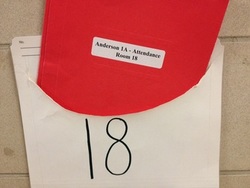
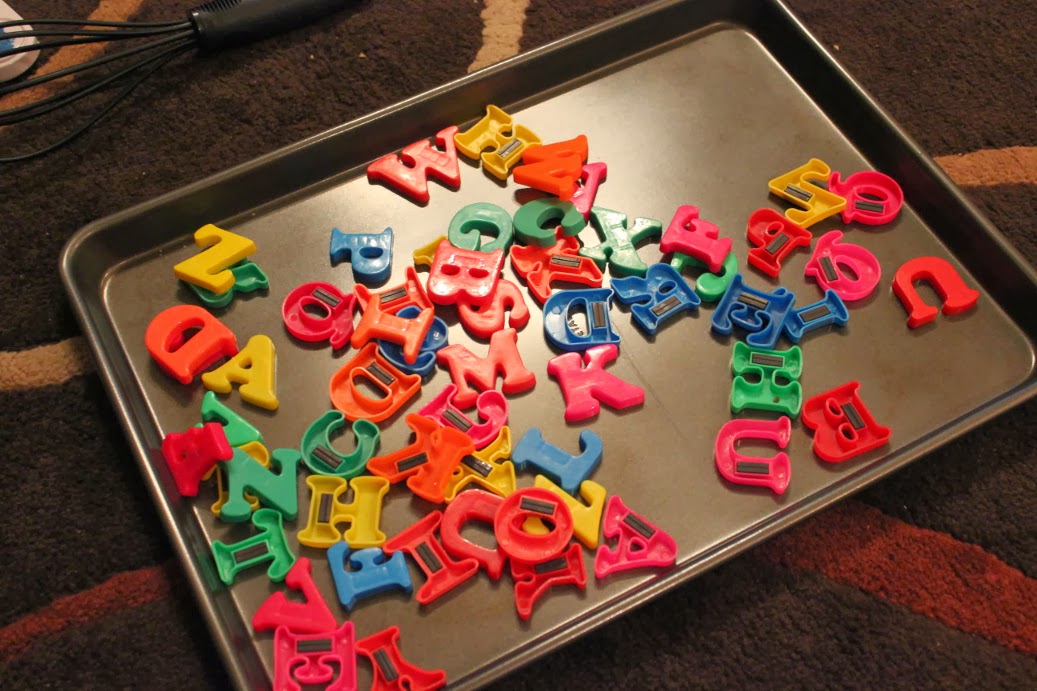
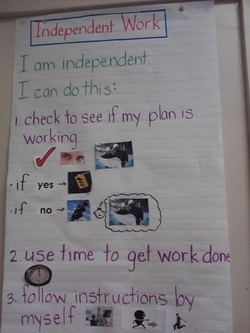
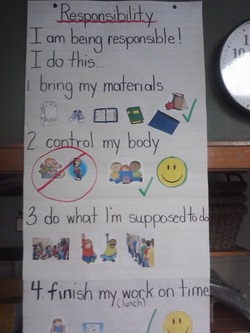
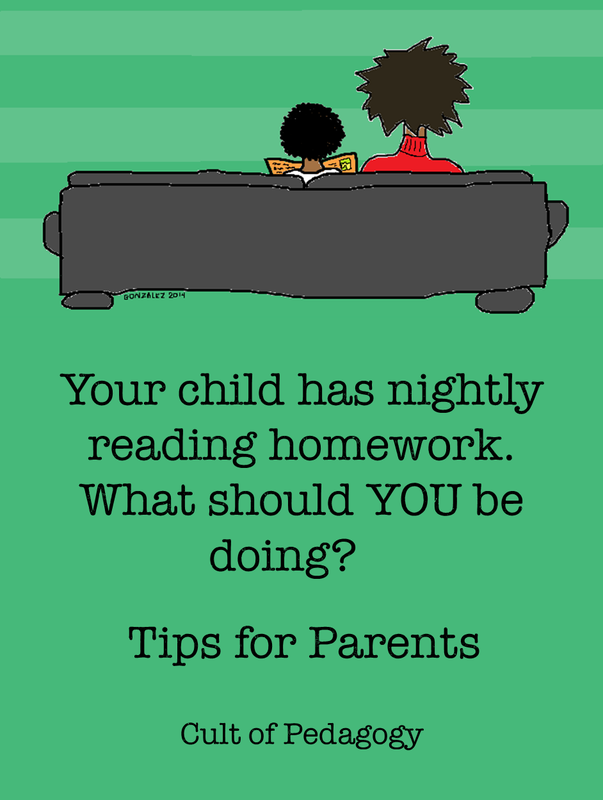
 RSS Feed
RSS Feed